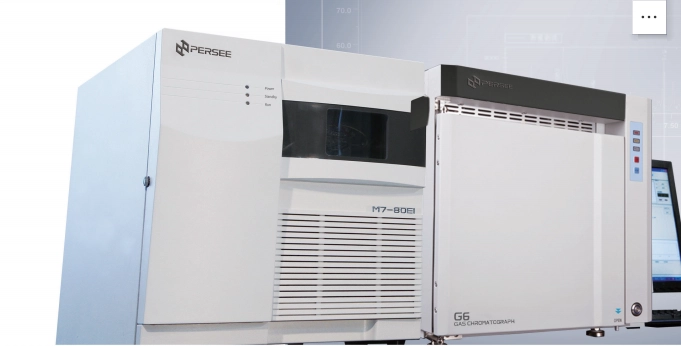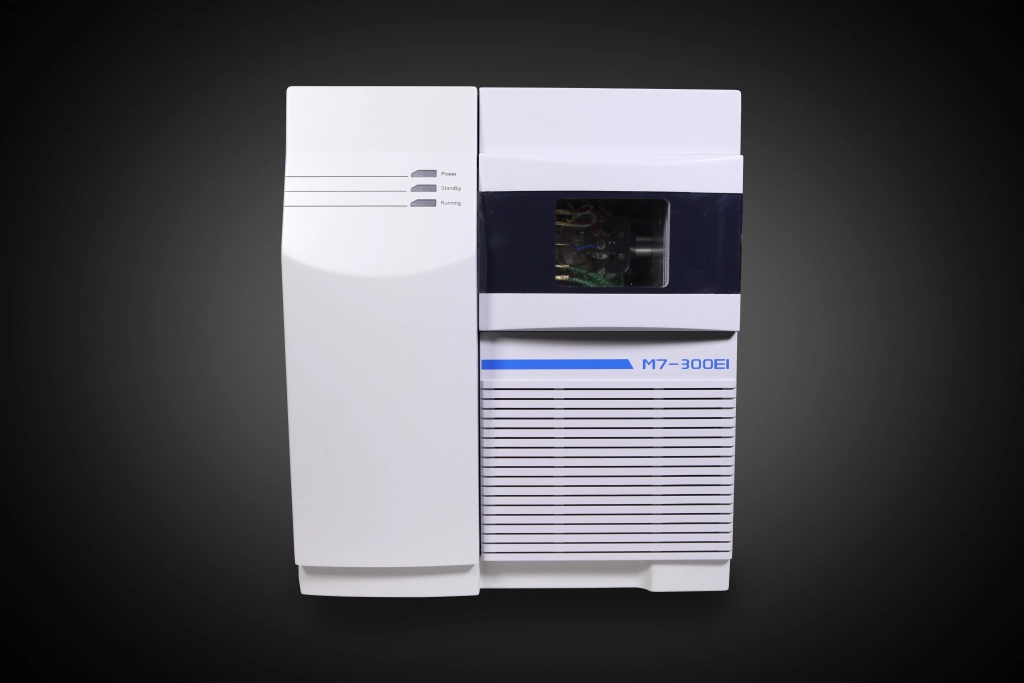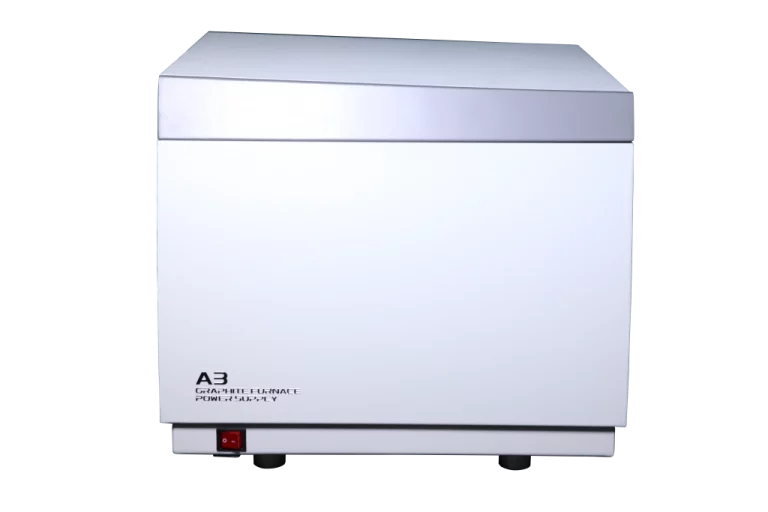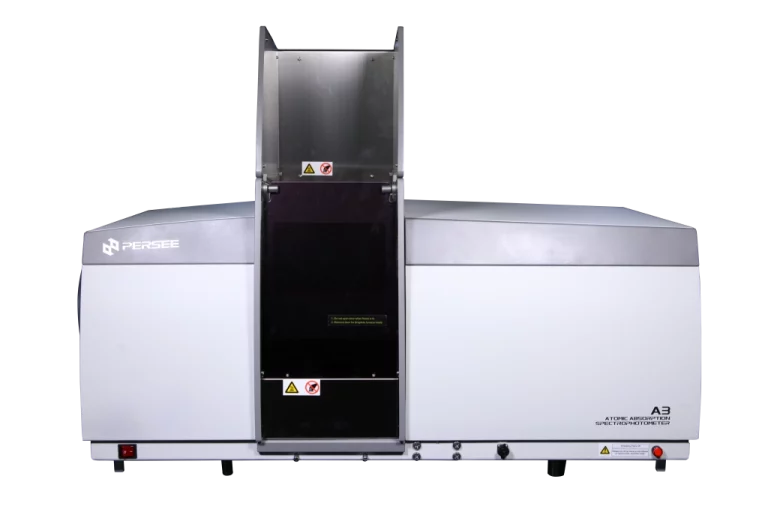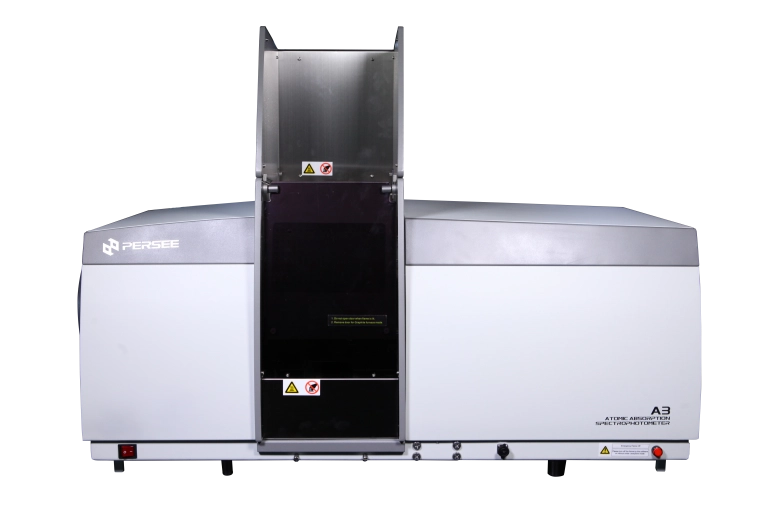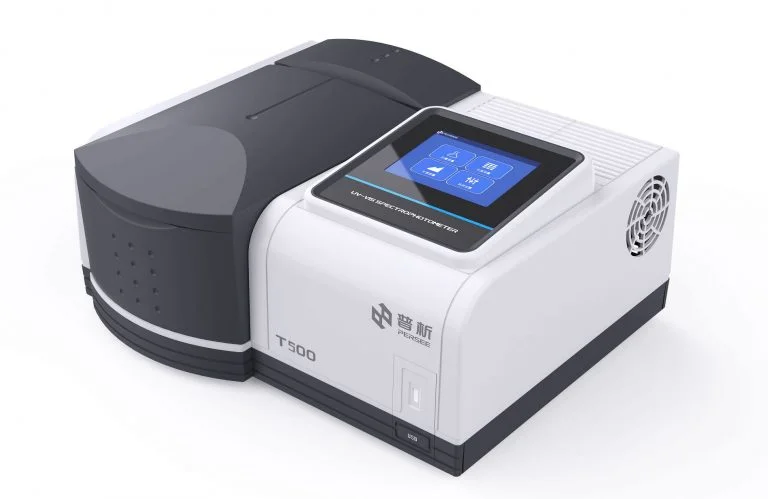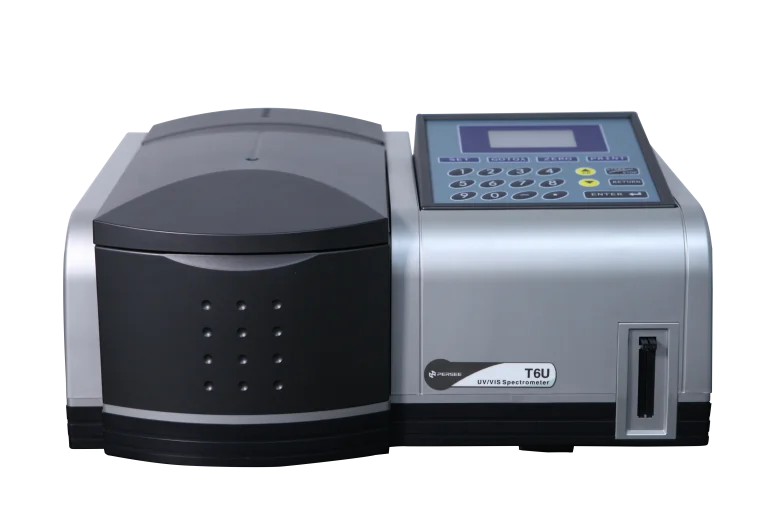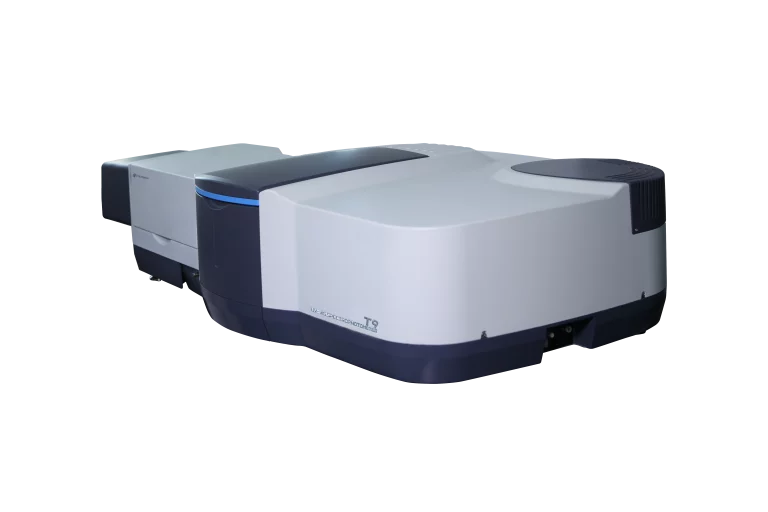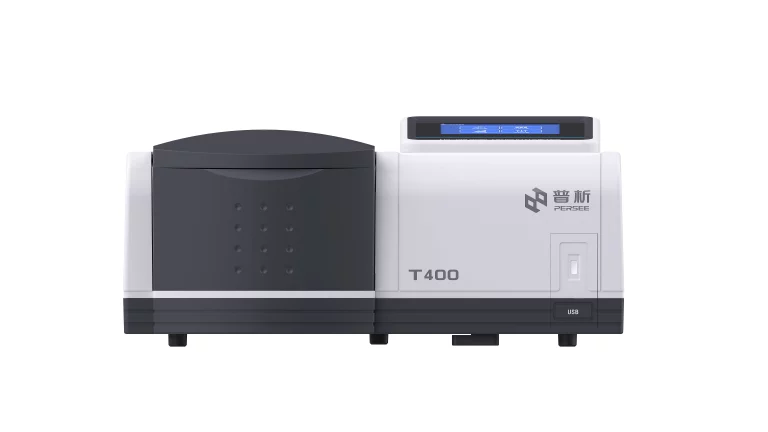Volatile Organic Compounds (VOCs) are everywhere—floating in the air you breathe, lurking in water, and even hiding in industrial emissions. If you’re diving into analyzing these sneaky compounds, gas chromatography (GC) is a tool you’ll want to understand. This blog explores what makes gas chromatographic detectors a solid choice for VOC analysis, spotlighting key traits and PERSEE’s offerings from their PFGC-580 series. Let’s unpack this step-by-step so you can see how these detectors fit your needs.
Grasping VOCs and Their Detection Needs
Before jumping into detectors, you need a clear picture of what you’re dealing with and why gas chromatography stands out. VOCs can be tricky, and knowing their nature helps you appreciate the tech behind their analysis.
What Are Volatile Organic Compounds (VOCs)?
VOCs are organic chemicals that evaporate easily at room temperature. You encounter them in paints, solvents, fuels, and even your breath. They’re lightweight, often harmful, and present in trace amounts, making detection a challenge. Whether you’re monitoring air quality or sniffing out industrial leaks, understanding VOCs is your starting point.
Why Gas Chromatography Excels for VOCs
Gas chromatography shines because it separates these volatile compounds efficiently. You inject a sample, it vaporizes, and a carrier gas pushes it through a column. Each VOC interacts differently with the column’s stationary phase, exiting at unique times. Detectors then pick up these signals. This method suits VOCs since it handles their gaseous nature and low concentrations well, giving you reliable data.
Critical Attributes of Gas Chromatographic Detectors
Now that you’ve got the basics, let’s look at what makes a detector worth your time. These traits determine how well you’ll catch those elusive VOCs.
Precision at Trace Levels
VOCs often show up in tiny amounts—think parts per billion. A good detector needs to spot these traces without missing a beat. You want something sensitive enough to flag even the faintest whiff, ensuring your analysis isn’t blind to low-level pollutants.
Targeting Organic Specificity
Not all compounds are VOCs, so your detector should zero in on organic ones. Specificity helps you avoid clutter from irrelevant signals, like inorganic gases. This focus keeps your results clean and relevant to what you’re hunting.
Speed in Dynamic Monitoring
If you’re tracking VOCs in real-time—like emissions from a factory—you need speed. A detector that processes signals quickly lets you keep up with changing conditions. Fast response times mean you’re not left guessing what’s happening right now.
Spotlight on PERSEE’s Elite Detectors for VOCs
PERSEE, a player in analytical tools, offers detectors in their PFGC-580 series that tackle VOC analysis head-on. Let’s see what you get with each one.
Flame Ionization Detector (FID) – PFGC-580 Series
The FID is a classic pick. You’ll like how it burns VOCs in a hydrogen flame, detecting carbon-based ions. It’s great for hydrocarbons—common VOCs in fuels or solvents. Sensitive and straightforward, it’s a go-to for many of your organic compound needs.
Thermal Conductivity Detector (TCD) – PFGC-580 Series
If you need a broader net, the TCD steps up. It measures changes in thermal conductivity as VOCs pass through. You can catch a wider range of compounds, even some inorganic ones, though it’s less sensitive than FID. It’s handy when your VOC mix is diverse.
Electron Capture Detector (ECD) – PFGC-580 Series
For halogenated VOCs—like those in pesticides—the ECD shines. It captures electrons from compounds with electronegative atoms, giving you a sharp signal. If your focus is environmental samples with chlorinated or fluorinated VOCs, this one’s a strong contender.
Flame Photometric Detector (FPD) – PFGC-580 Series
The FPD targets sulfur or phosphorus-containing VOCs. You’ll find it useful for specific pollutants, like sulfur compounds in emissions. It uses a flame to emit light from these elements, offering a niche but powerful detection angle for your analysis.
Nitrogen Phosphorus Detector (NPD) – PFGC-580 Series
Got nitrogen or phosphorus VOCs on your radar? The NPD is tailored for them. It’s sensitive to these elements, making it a fit for detecting certain drugs or pesticides. You’ll appreciate its precision when your VOCs have these specific markers.
Evaluating PERSEE Detector Performance for VOCs
With these options, how do they stack up? You’ll want to weigh their strengths based on your goals.
Detection Limits Head-to-Head
Each detector has its sweet spot. FID and ECD excel at low detection limits for their target VOCs—hydrocarbons and halogens, respectively. TCD covers more ground but sacrifices some sensitivity. You’ll pick based on how faint your VOC signals might be.
Compound Recognition Edge
Specificity varies too. NPD and FPD lock onto nitrogen, phosphorus, or sulfur VOCs, while FID handles general organics. ECD narrows in on halogens. If you need to ID exact compounds, pairing with mass spectrometers might help, but these detectors give you a solid start.
Versatility Across Scenarios
Your setting matters. TCD’s broad reach suits mixed samples, while FID’s organic focus fits industrial checks. ECD, FPD, and NPD shine in specialized cases—think environmental or lab research. You’ll match the detector to your analysis context.
Boosting VOC Detection with PERSEE Technology
PERSEE’s detectors don’t work alone. You can amp them up with smart tech tweaks for better results.
Synergy with Sample Enrichment Tools
Low VOC levels? Preconcentrate your sample before it hits the detector. Techniques like thermal desorption trap VOCs, boosting what you detect. It’s a game-changer for trace analysis with any PFGC-580 detector.
Carrier Gas Optimization
Your carrier gas—helium or nitrogen—affects performance. You’ll tweak flow rates and types to suit your detector. FID loves hydrogen for its flame, while TCD works with various gases. Getting this right sharpens your data.
Seamless System Connectivity
PERSEE’s detectors integrate into GC systems smoothly. You can link them to software for real-time monitoring or data logging. This connectivity keeps your workflow tight, whether you’re in a lab or on-site.
VOC Analysis Scenarios Powered by PERSEE Detectors
Where can you put these to work? Here’s how they fit real-world tasks.
Air and Water Quality Tracking
Monitoring VOCs in air or water? ECD catches halogenated pollutants, while FID tracks organic emissions. You’ll get clear insights into environmental health with these tools.
Industrial Emission Checks
Factories spew VOCs daily. FID and FPD help you pinpoint hydrocarbons or sulfur compounds in stacks. Keeping tabs here ensures compliance and cleaner operations.
Lab Research Precision
In a lab, precision rules. NPD or ECD let you analyze specific VOCs in complex samples—like metabolites or contaminants. You’ll nail down detailed research data with these.
PERSEE: Your Go-To Gas Chromatographic Detector Ally
PERSEE has been crafting analytical gear since 1991, with the PFGC-580 series showcasing their GC expertise. Their detectors blend sensitivity and versatility, backed by a team pushing innovation. You’re partnering with a supplier focused on quality and practical solutions for VOC analysis.
FAQs About Gas Chromatographic Detectors for VOC Analysis
Q: How do I choose the right PERSEE detector for my VOC analysis?
A: Think about your VOCs. If they’re hydrocarbons, FID’s a solid pick. For halogens, go ECD. NPD or FPD work for nitrogen, phosphorus, or sulfur compounds. TCD fits broader mixes. Match your sample type and detection needs to the detector’s strengths.
Q: Can I use these detectors for real-time VOC monitoring?
A: Yes, with the right setup. FID and TCD respond quickly for dynamic tracking, like emissions. Pair them with fast systems and optimized carrier gases to keep up with live changes.
Q: What’s the advantage of pairing PERSEE detectors with preconcentration?
A: Preconcentration boosts low-level VOC signals. It traps compounds before analysis, making detectors like ECD or FID more effective at spotting trace amounts—perfect for air or water quality checks.

